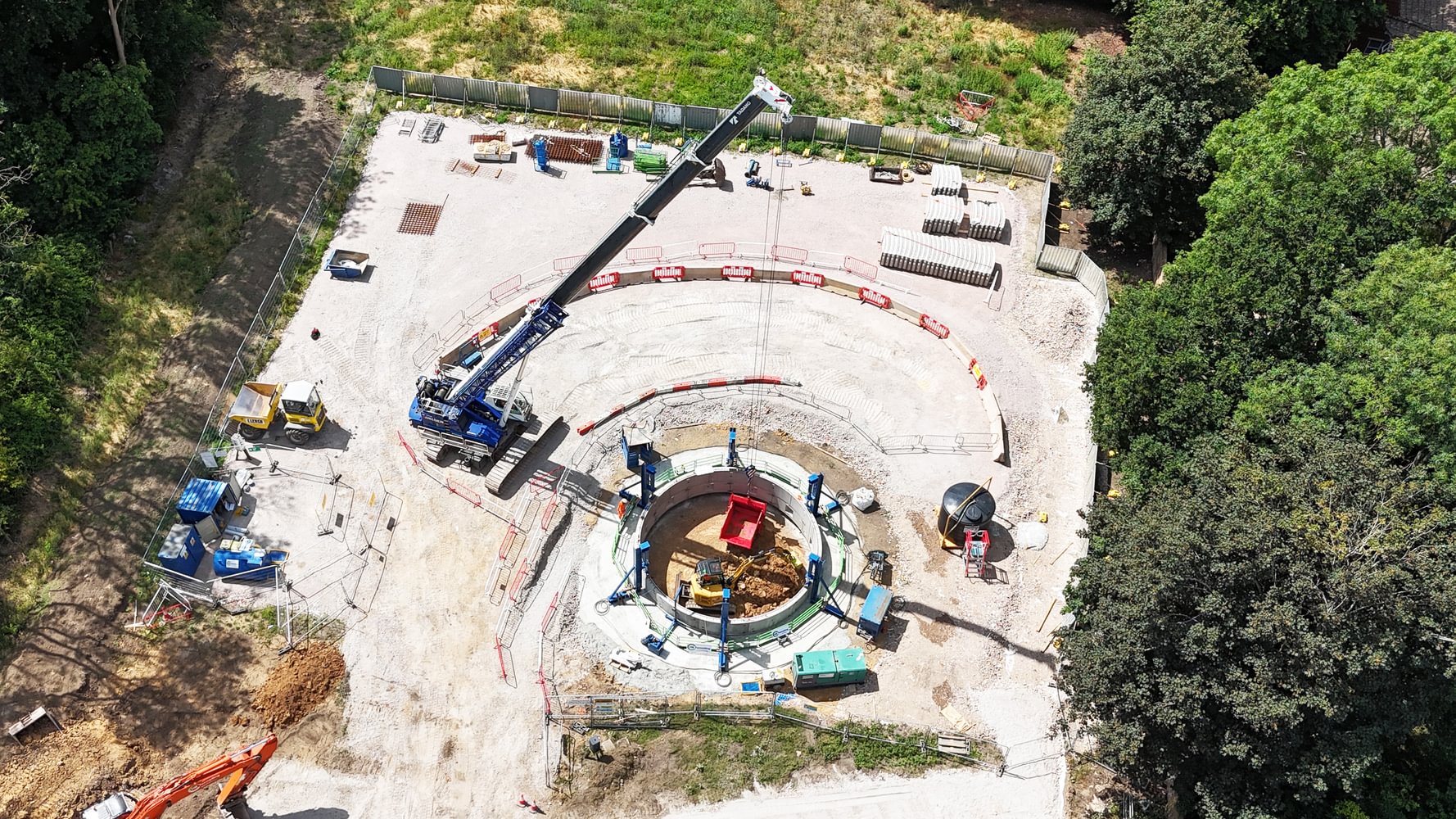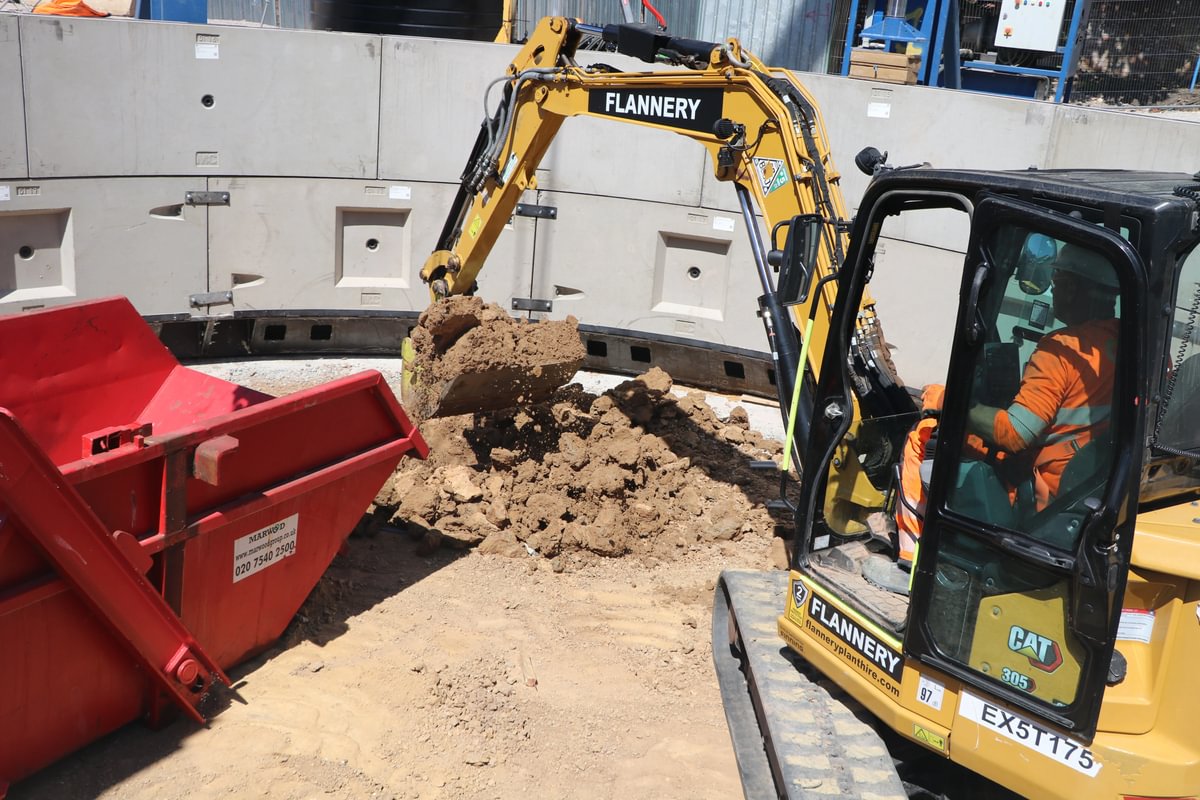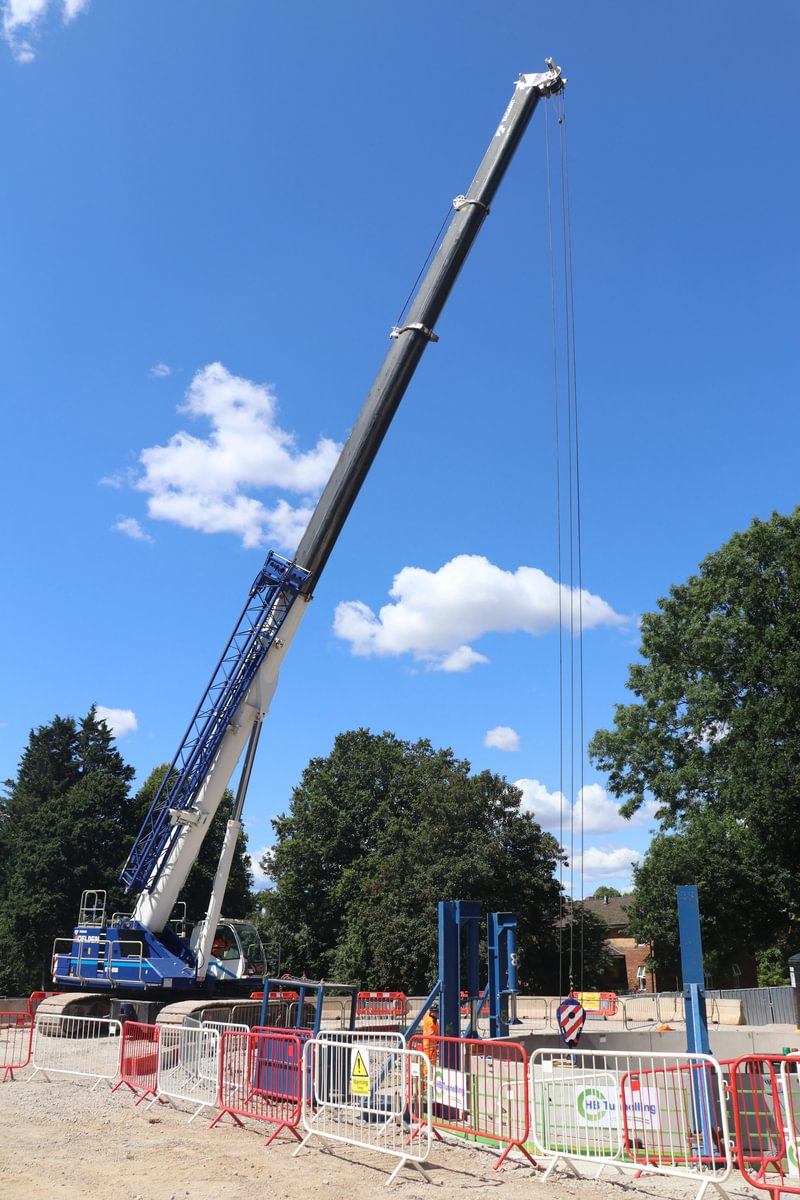
£100 million water pipeline project in Southampton
Work is underway on a new 17km drinking water pipeline across Hampshire – to build resilience for supplies in the Southampton area.
Work is underway on a new 17km drinking water pipeline across Hampshire – to build resilience for supplies in the Southampton area.
The major project, known as the Southampton Link Main (SLM), will cost more than £100 million to complete over three years, and link our Otterbourne Water Supply Works with the city of Southampton.
It will give greater resilience for the area’s water supplies, reducing the impact of any burst pipes, mechanical failures or leaps in demand in the future – by making it easier to move water around the network to where it is needed most.

The pipeline will run underground and will also link up with two underground reservoirs – in Yew Hill to the north where a new storage tank is being built too, and at a site on the outskirts of Southampton. This will allow us to build up our reserves, and in turn reduce the amount of water we take from precious chalk streams, the Test and Itchen.
The works will be delivered in partnership with MGjv, a joint venture between M Group Water and Galliford Try.
Simon Cook, Programme Manager at Southern Water, said:
“It’s great to get this project under way. We’ve worked closely with landowners and local authorities to find the most viable and least disruptive route for the pipeline.
“We are doing this to improve the resilience of our water network for our customers in Hampshire. The project will also provide future resilience for the Test and Itchen rivers and their wildlife.”
Most of the pipeline will be laid by digging trenches, installing the pipeline and then backfilling them with earth. However, in some areas, it will be installed by digging tunnels deeper underground to avoid disruption to major roads, railway lines or precious ecological sites.
The route was determined following engagement with local landowners and people who live and work nearby, as well as being informed by environmental and ecological information, surveys and assessment.

